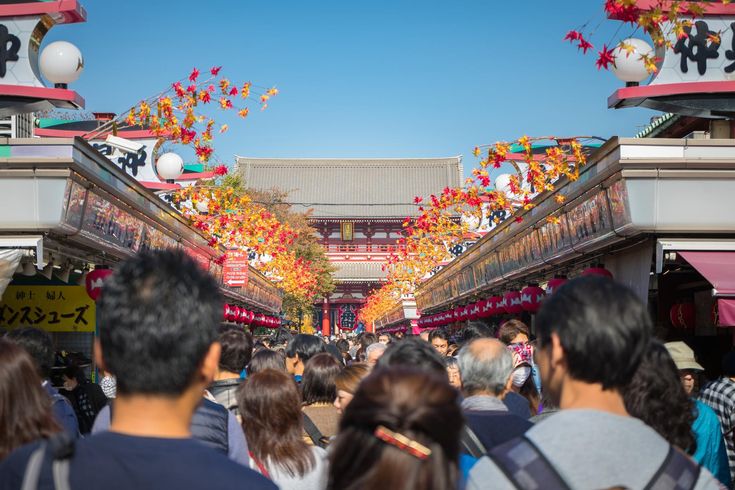Safety Monitoring
Safety Monitoring employs AI-powered security and crowd control systems.
It enhances public safety through intelligent surveillance and management.

Project Overview
Industry: Events, Transportation, Public Venues (stadiums, airports, theme parks)
Scope: Multi-site operations with 200,000+ daily visitors
Project Duration: 6 months
Team Size: 3 Computer Vision Engineers, 2 Security Analysts, 1 Operations Manager
Business Challenge
The client needed to enhance security and safety at large venues, but faced significant challenges:
- Manual CCTV monitoring leading to human fatigue and missed incidents
- Difficulty detecting early signs of crowd surges or unsafe behavior
- Delayed response times to security threats and emergencies
- High staffing requirements for event security and surveillance
- Limited ability to analyze historical data for improving safety protocols
Our Approach
We designed an AI-powered safety monitoring system that integrates computer vision, real-time analytics, and automated alerts to enhance venue security and crowd control. The system prioritized:
- Prevention: Early detection of anomalies and potential safety risks
- Speed: Automated alerts to security staff for faster response times
- Coverage: Scalable monitoring across multiple venues and thousands of visitors
- Insight: Data-driven reporting for safety planning and compliance
AI-Powered Safety Monitoring
- Computer vision models for detecting crowd density, abnormal behavior, and restricted area access
- Real-time alerts for suspicious activities, unattended objects, or emergencies
- Predictive analytics to forecast crowd surges and risky bottlenecks
- Integration with on-site communication systems for immediate staff deployment
- Centralized dashboards for security teams across multiple venues
Implementation Process
- Phase 1: Data collection from CCTV feeds, IoT sensors, and historical incident reports
- Phase 2: Model training for object detection, behavior analysis, and anomaly recognition
- Phase 3: Pilot deployment in one high-traffic venue with live monitoring
- Phase 4: Full rollout with integration into venue-wide security operations
Quality Assurance
- Continuous monitoring of false positives and negatives in incident detection
- Regular scenario-based testing (emergency drills, simulated threats)
- Human-in-the-loop review for critical alerts
- Compliance audits with safety and privacy regulations
Results
Productivity Improvements
- 60% reduction in manual monitoring effort for security staff
- Faster incident reporting and response coordination
- Improved staff allocation with real-time visibility of risk areas
Safety & Security
- Incident detection accuracy improved by 85%
- Average response time to security alerts reduced by 50%
- Significant reduction in overcrowding and bottleneck-related risks
Business Impact
- Enhanced reputation for safety and reliability
- Reduced liability and insurance costs by 20%
- Increased event bookings due to strengthened safety credentials
Technical Implementation
- Computer Vision Models: Object detection, activity recognition, anomaly detection
- Data Sources: CCTV video, IoT crowd sensors, ticketing systems
- System Integration: Security control centers, staff mobile devices, public announcement systems
- Automation Layer: Alert prioritization and staff deployment workflows
Key Features
- Live AI-powered video analysis for suspicious activity detection
- Real-time crowd density and movement heatmaps
- Automated alerts for unauthorized access or restricted zones
- Centralized incident dashboard with escalation workflows
- Historical analytics for improving safety protocols
Client Feedback
“”
Our security team now responds to issues in minutes instead of hours. The AI-powered system acts as an extra set of eyes across all our venues, giving us confidence that our guests are safe at all times.
Implementation Timeline
Before Implementation
- Manual CCTV monitoring prone to missed incidents
- Average response time 10–15 minutes for crowd and security issues
- High staffing requirements to maintain constant surveillance
After Implementation
- Automated monitoring with 85% accuracy in incident detection
- Response time reduced to under 5 minutes
- 60% reduction in manual staff workload for monitoring
Quality Control Process
- Automated accuracy scoring of detection models
- Human security team verification of high-risk alerts
- Routine privacy and compliance checks
- Continuous integration of incident feedback into model retraining
Implementation Challenges
- Ensuring video data privacy and regulatory compliance
- Integration with legacy CCTV and security infrastructure
- Managing staff adoption of AI-assisted decision-making
- Balancing sensitivity (false positives) with reliability in alerts
Continuous Improvement
- Monthly retraining with new video data and incident logs
- Expansion to detect emerging threats (e.g., drone activity, cyber-physical risks)
- Improved predictive analytics for crowd surge prevention
- Integration with law enforcement and emergency services for escalations
Future Enhancements
- Biometric access control for restricted areas
- Integration with drones for large-area aerial monitoring
- AI-powered evacuation guidance during emergencies
- Predictive risk scoring for proactive safety planning
Explore More Case Studies

Crowd Management

Personalized Recommendations
